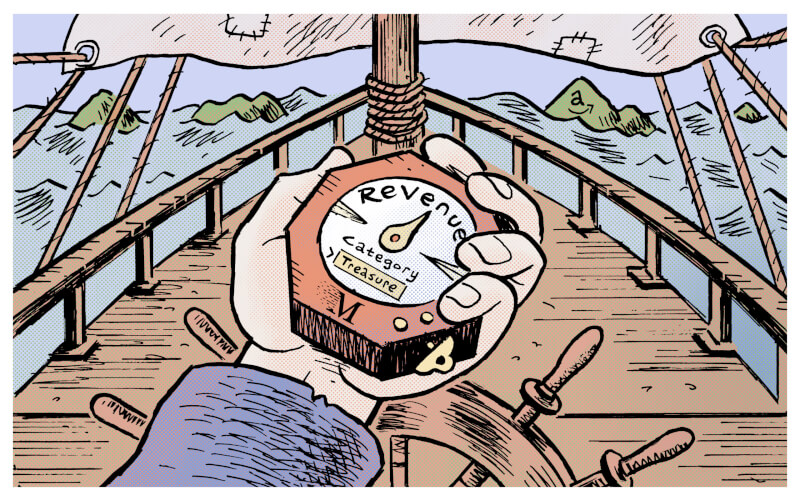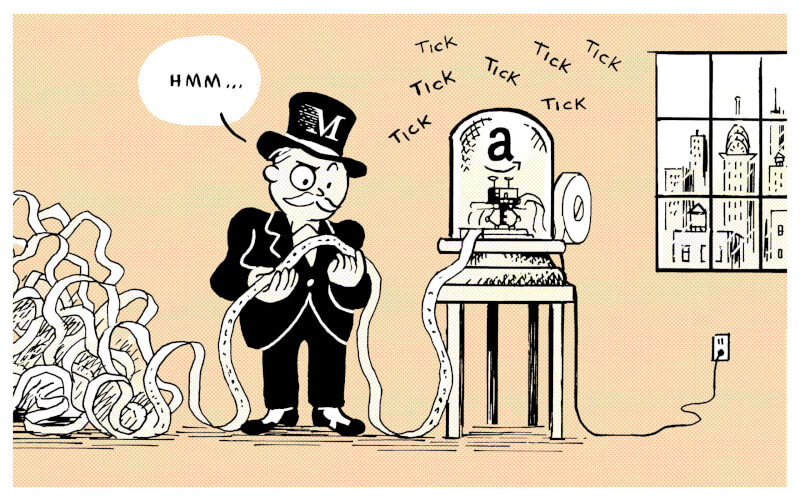
The Story & Data Behind those ‘Bought in Last Month’ Fields on Amazon Searches
A little over one week ago, certain ASINs began appearing on Amazon search results pages (SERPs) listing recent sales figures. These appeared either as ‘X bought in last week’ or ‘X bought in the last month’. While all signs point to this being run as a test on Amazon’s end, meaningful questions for brands revolve around understanding how pervasive this test is across Amazon searches and how accurate these numbers are versus known sales figures.
After analyzing data across millions of placements shown on March 21, 2023, it appears Amazon is showing either the “Bought Last Week” or “Bought Last Month” field as a test across many, but not all products. Products must hit a certain sales threshold to be shown (>50 sales, for the monthly field), and the field shows on most placements within Amazon searches – with the notable exception of Sponsored Brands. We also spent some time comparing these fields to actual sales data and saw that the data Amazon shows in these fields largely lines up with reality.

How The Field Shows On the SERP
Diving into the data a bit, these fields often show as a number with a plus sign (e.g. “50+”, “200+”, “1K+”). Though the fields imply a minimum, the specific values that show up imply a range. For instance, for three-digit values (100+, 200+, etc), one value exists for each hundred, implying that “100+” is likely 100-199, “200+” is 200-299, and so forth. Below, you can see the different buckets that exist for the “Bought in the Last Month” field:
- For under 100, the bucket 50-99
- For 100-999, hundreds buckets (100-199, 200-299, etc)
- For 1,000-9,999, thousands buckets (1,000-1,999, 2,000-2,999, etc)
- For 10,000-99,999, ten thousands buckets (10,000-19,999, 20,000-29,999, etc)
- For 100,000+, hundred thousands buckets (100,000-199,999, etc)
To validate these buckets for the “Bought in the Last Month” field, we compared the data shown on Amazon SERPs to a set of thousands or products for which we could observe the true sales values. We found that, the vast majority of the time, the value displayed as part of Amazon searches matched up very closely with the true sales figures.
Biggest Takeaways for Brands
- Amazon is, as of now, running this field as a test.
- Across the thousands of products analyzed, it looks like this field can show up for a little over half of products that meet a minimum sales threshold (>50 sales, for the “Bought Last Month” case).
- Notably, certain ASINs that seemingly meet this volume threshold never show this field on the SERP, implying some kind of exclusion list on Amazon’s part.
- For the ASINs that are eligible, from our sample, they seem to show the “Bought Last Month” around 33% of the time and “Bought Last Week” around 33% of the time. Some of the smaller-selling ASINs sometimes only show with the “Bought Last Month” field.
- Across the thousands of products analyzed, it looks like this field can show up for a little over half of products that meet a minimum sales threshold (>50 sales, for the “Bought Last Month” case).
- For products with a “Bought Last Month” field, the estimates are fairly accurate, and can be used to help brands estimate the sales volume of many products, and potentially competitor products.
- The “Bought Last Month” field correctly was within one ‘bucket’ of the last 30 day sales >90% of the time in the sample analyzed.
- Overall, this field (while it’s live) is quite useful for brands when it comes to giving directional guidance around the size of markets or groups of products.
- Directional is an important caveat here – as the sales figures are not necessarily ‘on the nose’ accurate, and the bucket ranges get wider as sales figures go up.
- Remember that all bucket sizes are not created equal. For example, in the 100-199 bucket, the upper bound is twice that of the lower bound, whereas in the 800-899 bucket, the range is much tighter.
- Additionally, since the cutoff to the smallest bucket is 50, it won’t really help with lower-volume products.
- To more effectively size the market or product group, you will need to also incorporate pricing data (something our Amazon Search Trends Tool can help with at a high level)
- If this field becomes a permanent fixture of the Amazon SERP there are meaningful implications for brands.
- We know that on-SERP tags like the Best Seller Badge act as social proof to consumers and correlates with higher sales generally.
- This could also raise the importance of the ‘pre-holiday’ period before high traffic periods like Prime Day or Turkey 5 so the product has the best ‘last month/week’ figures to showcase to prospective customers.




